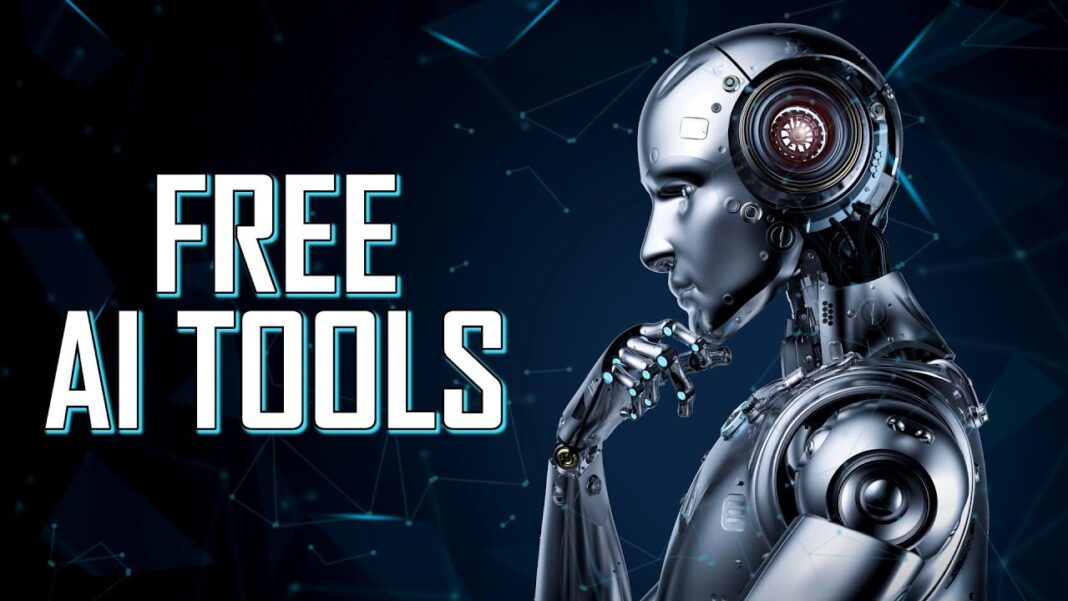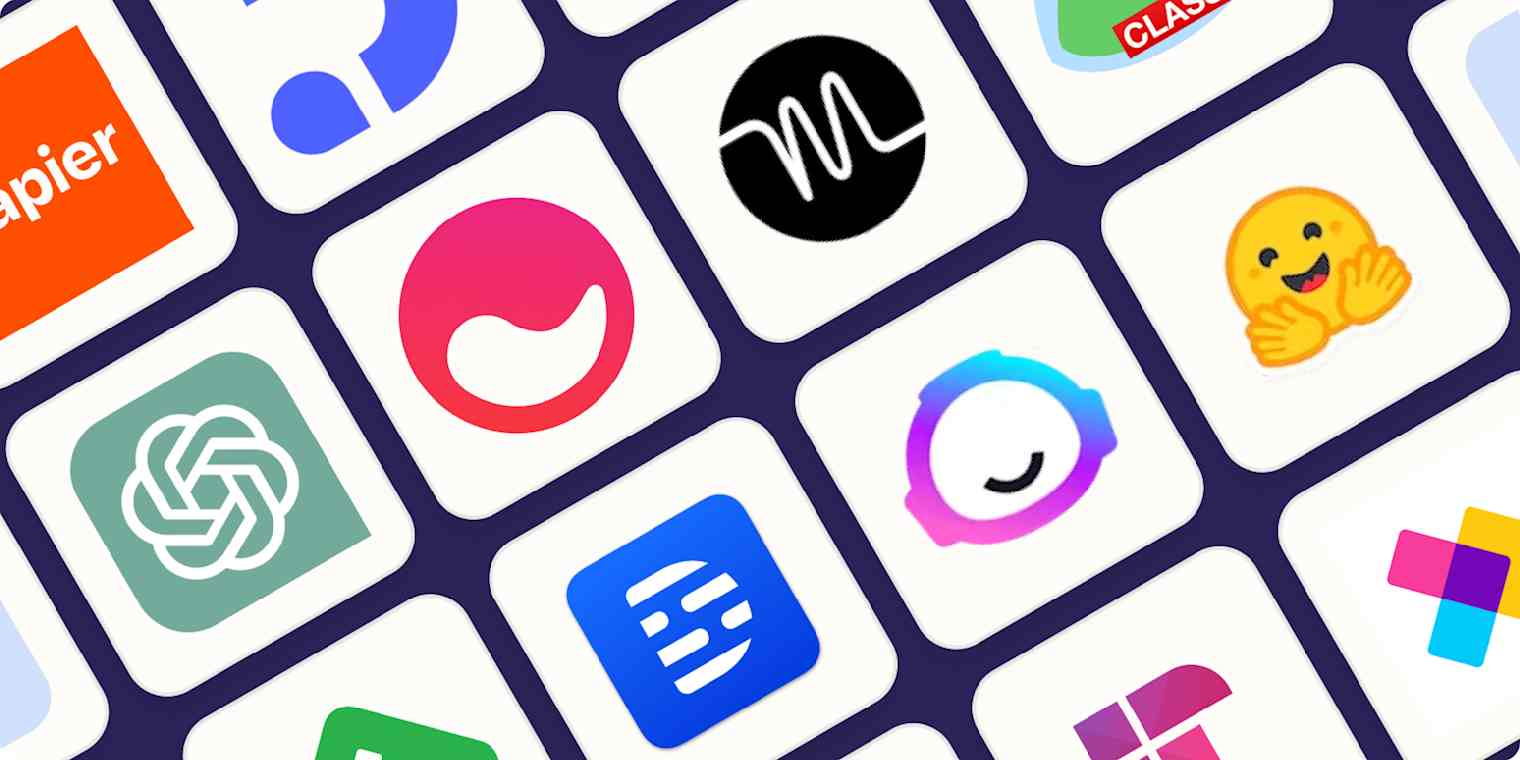Overview of AI Video Creation Tools for Remote Work in 2025
The landscape of remote work is constantly evolving, and video communication has become a cornerstone of virtual collaboration. As we move into 2025, Artificial Intelligence (AI) is set to revolutionize how videos are created and used in remote work environments. AI-powered video creation tools are not just a luxury; they are becoming essential for enhancing productivity, streamlining workflows, and fostering creativity within remote teams.
Importance of AI in Remote Video Collaboration
AI is transforming video collaboration by making it more efficient and accessible. These smart tools help remote teams overcome common challenges in video production, from time constraints to technical complexities.
Enhancing Productivity and Efficiency
AI video tools can automate many of the time-consuming tasks involved in video creation. This includes editing, subtitling, and even generating scripts. By automating these processes, remote workers can focus on strategic tasks, boosting overall productivity. According to Zapier, AI video tools help increase production quantity and value without increasing the time spent working on it.
Reducing Time Constraints in Video Production
Traditional video production can be a lengthy process, often requiring specialized skills and equipment. AI-driven tools simplify this process, allowing remote teams to produce high-quality videos quickly and efficiently. This reduction in time constraints enables faster turnaround times for projects and more agile responses to communication needs.
Fostering Creativity and Innovation
AI is not just about automation; it's also a powerful tool for sparking creativity. AI video tools can help teams generate new ideas, experiment with different styles, and create unique content that stands out. This innovative approach can lead to more engaging and impactful video communication.
Top 10 Must-Try AI Video Creation Tools
Here are some of the most promising AI video creation tools that are set to make a significant impact on remote work in 2025:
1. Synthesia

Overview and Key Features
Synthesia is a leading AI video generation platform that allows users to create videos with human-like avatars. It is known for its high-quality avatars and support for over 140 languages. Users can simply type in their text, and Synthesia will generate a video with a chosen avatar speaking the script.
Benefits for Remote Teams
This tool is ideal for training videos, onboarding materials, and internal communications, making it perfect for remote teams needing consistent and professional video content. The platform also offers video translation features.
2. Descript

Overview and Key Features
Descript is a powerful video editing tool that allows you to edit video by editing the transcript. It uses AI to transcribe audio and video, and then allows users to edit the text, which in turn edits the video.
Benefits for Streamlined Editing
This approach is particularly useful for remote teams that need to quickly edit and refine video content without having to navigate complex editing interfaces. According to Zapier, this feature makes it a huge time saver.
3. Runway

Overview and Key Features
Runway is an AI research company that provides a suite of tools for creative video projects. It offers generative AI features, such as text-to-video, video-to-video, and frame interpolation.
Use Cases for Creative Projects
For remote teams working on creative projects, Runway offers a sandbox to experiment and create unique video content. The platform also offers tools for object removal and replacement.
4. Lumen5

Overview and Key Features
Lumen5 is an AI-powered video creation platform that transforms text content into engaging videos. It uses AI to match text with relevant video clips, images, and music.
Transforming Text into Engaging Videos
This tool is particularly useful for content marketing and social media, allowing remote workers to quickly create high-quality video content from blog posts and articles. As highlighted by The Africa Logistics, Lumen5 is a valuable tool for enhancing content strategy.
5. Pictory

Overview and Key Features
Pictory is a platform that uses AI to convert long-form text content into short, shareable videos. It includes features like AI-created voices, subtitles, and video summarization.
Ideal for Content Marketing
This platform is ideal for remote content marketers who need to quickly produce videos from existing text-based content, as shown by Zapier.
6. Fliki
Overview and Key Features
Fliki is an AI video creation tool that focuses on social media content. It allows users to transform text, blogs, and tweets into videos with AI-generated graphics, voices, and avatars.
Focus on Social Media Content Creation
This tool is perfect for remote social media teams looking to create engaging video content quickly and easily. Zapier also highlights Fliki as a great option for producing social media videos.
7. Opus Clip
Overview and Key Features
Opus Clip is an AI-powered tool designed to repurpose long-form videos into short, engaging clips for platforms like TikTok and Instagram. It uses AI to identify viral moments and automatically creates short videos with titles and subtitles.
Repurposing Long-Form Content
This tool is ideal for remote teams that need to maximize their content output by repurposing existing long-form videos into shorter, shareable formats.
8. Peech
Overview and Key Features
Peech is a platform that focuses on content marketing teams by offering AI-powered tools to create branded videos. It includes features such as automated branding, subtitle generation, and face detection.
Designed for Marketing Teams
This platform is designed to streamline video production for remote marketing teams, ensuring consistent branding and high-quality output.
9. Visla
Overview and Key Features
Visla is an AI video generator that turns scripts into videos with stock footage and AI-powered editing. It also includes features such as teleprompters and filler word removal.
Script-to-Video Functionality
This tool is particularly useful for remote teams that need to quickly create videos from scripts, with the aid of AI generated stock videos.
10. Wondershare Filmora

Overview and Key Features
Wondershare Filmora is a traditional video editing software that has integrated a range of AI features. This includes smart cutouts, audio denoise, motion tracking, and silence detection.
User-Friendly Video Editing Options
This tool is great for remote teams that need a familiar video editing environment enhanced with AI capabilities to boost productivity and content quality.
How to Use AI for Video Content Creation in Remote Work
Integrating AI tools into your remote workflow requires careful planning and implementation. Here are some best practices:
Best Practices for Implementing AI Tools
Start by identifying specific pain points in your current video creation process. Then, choose the AI tools that best address these issues. Begin with a small-scale implementation to test the tools and gather feedback before a wider rollout.
Integrating AI Tools into Existing Workflows
Integrate AI tools gradually into your existing workflows. Provide training and support to your team to ensure they are comfortable using the new tools. Encourage feedback and adjust your processes as needed to maximize efficiency.
Collaborating Effectively with Remote Teams Using AI
Use AI tools to streamline collaboration on video projects. This includes using shared editing platforms, automated transcription services, and AI-powered project management tools to ensure everyone stays on the same page.
Conclusion
AI video creation tools are set to play a vital role in the future of remote work. They offer solutions to many of the challenges faced by remote teams when creating video content, from time constraints to the need for specialized skills. By leveraging these tools effectively, remote teams can enhance their communication, boost their productivity, and foster creativity.
Summary of Key Tools and Their Benefits
The tools discussed include Synthesia for AI avatars, Descript for script-based editing, Runway for generative AI, Lumen5 for text-to-video, Pictory for content repurposing, Fliki for social media, Opus Clip for short clips, Peech for marketing, Visla for script-to-video, and Wondershare Filmora for traditional editing with AI enhancements. Each tool offers unique features to streamline video production for remote teams.
Future Trends in AI Video Creation for Remote Work
As AI continues to evolve, we can expect even more advanced features in video creation tools. This includes more realistic AI avatars, more intuitive editing interfaces, and more powerful automation capabilities. These advancements will make it easier than ever for remote teams to create and use video content effectively.
Key Takeaways:
- AI is Revolutionizing Video Creation: AI tools are making video creation more efficient and accessible for remote teams.
- Variety of Tools Available: There are AI tools available for every step of the video creation process, from script generation to editing.
- Enhanced Productivity: AI-powered video tools can automate many time-consuming tasks, boosting overall productivity.
- Creative Potential: AI fosters creativity and innovation, allowing teams to create unique and engaging video content.
- Future Growth: AI video tools will continue to evolve, providing even more advanced solutions for remote work in the future.
The integration of AI into video creation is not just a trend; it's a fundamental shift in how remote teams operate. By embracing these tools, teams can enhance their communication strategies, boost productivity, and stay ahead in the rapidly evolving landscape of remote work.
